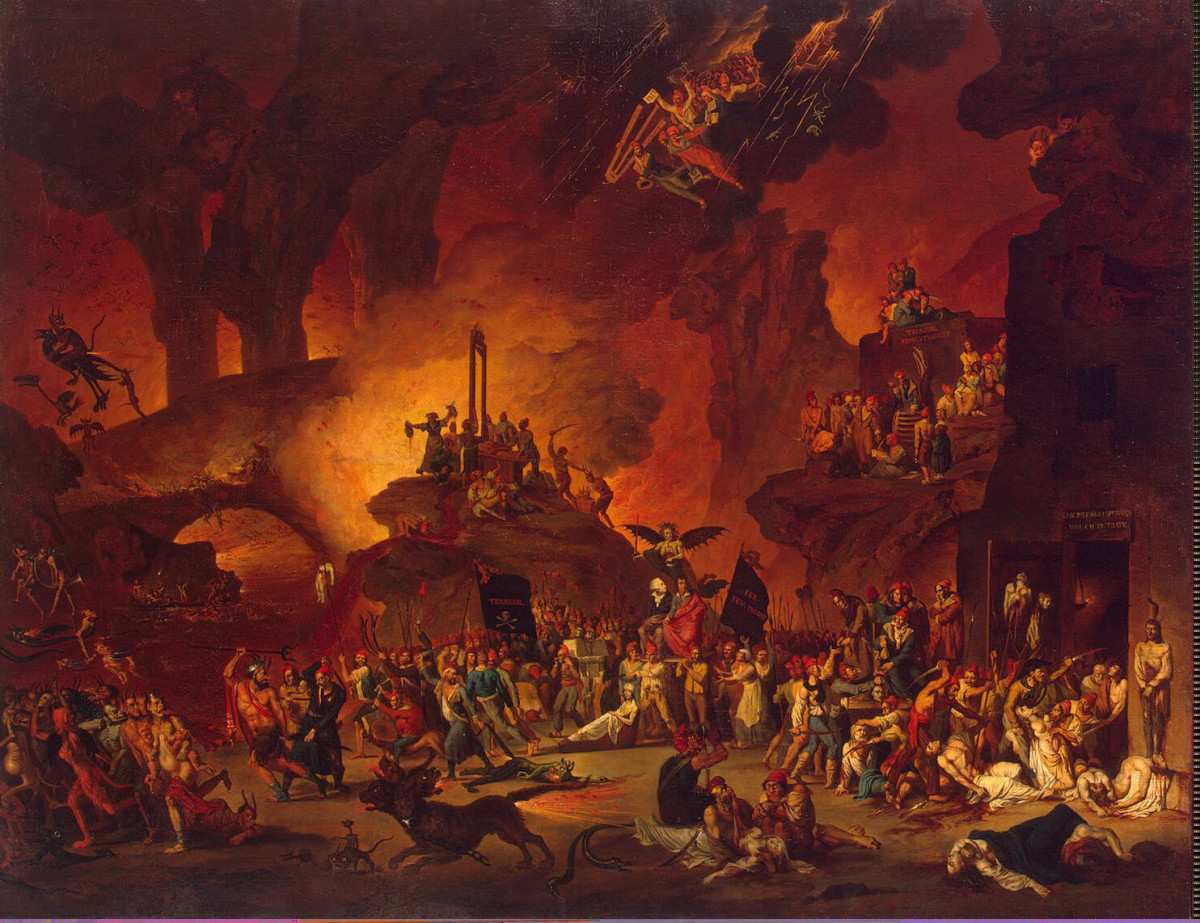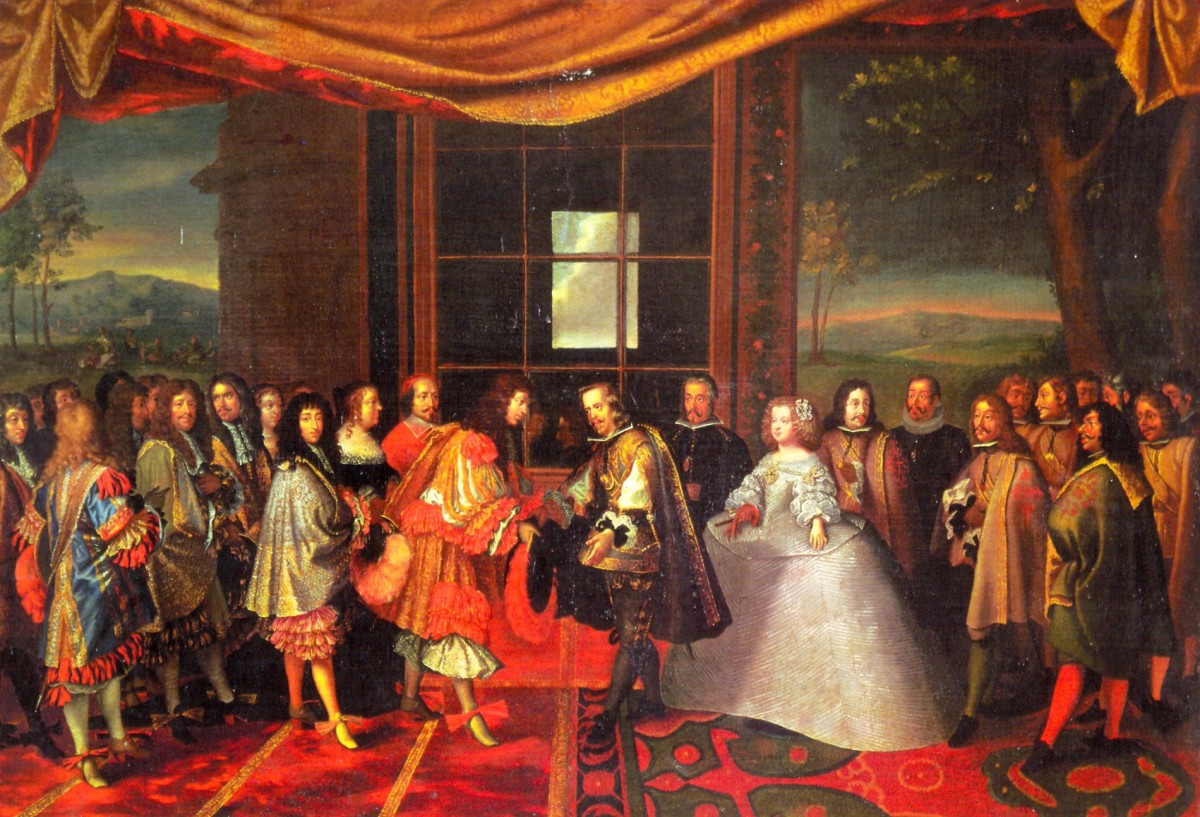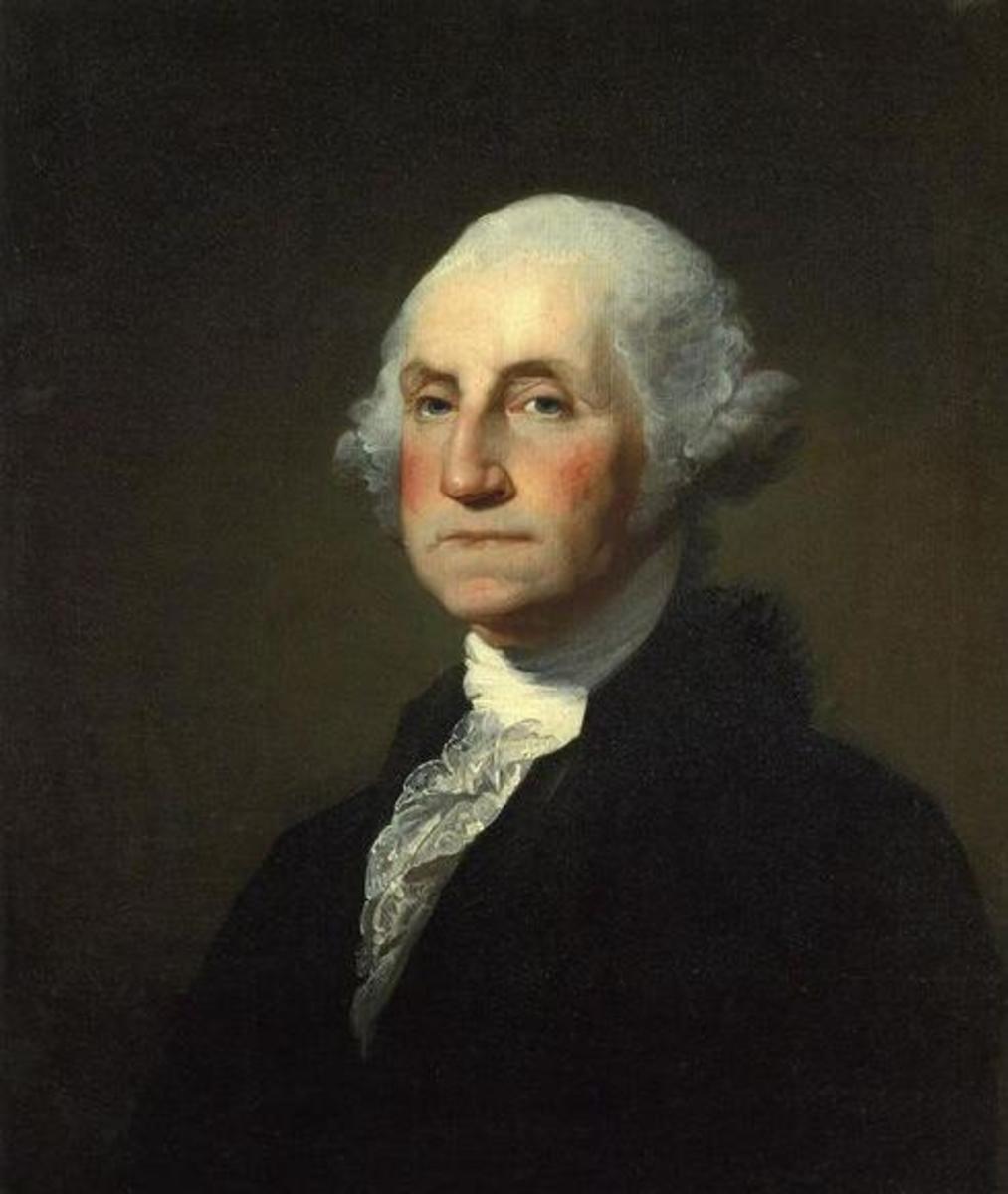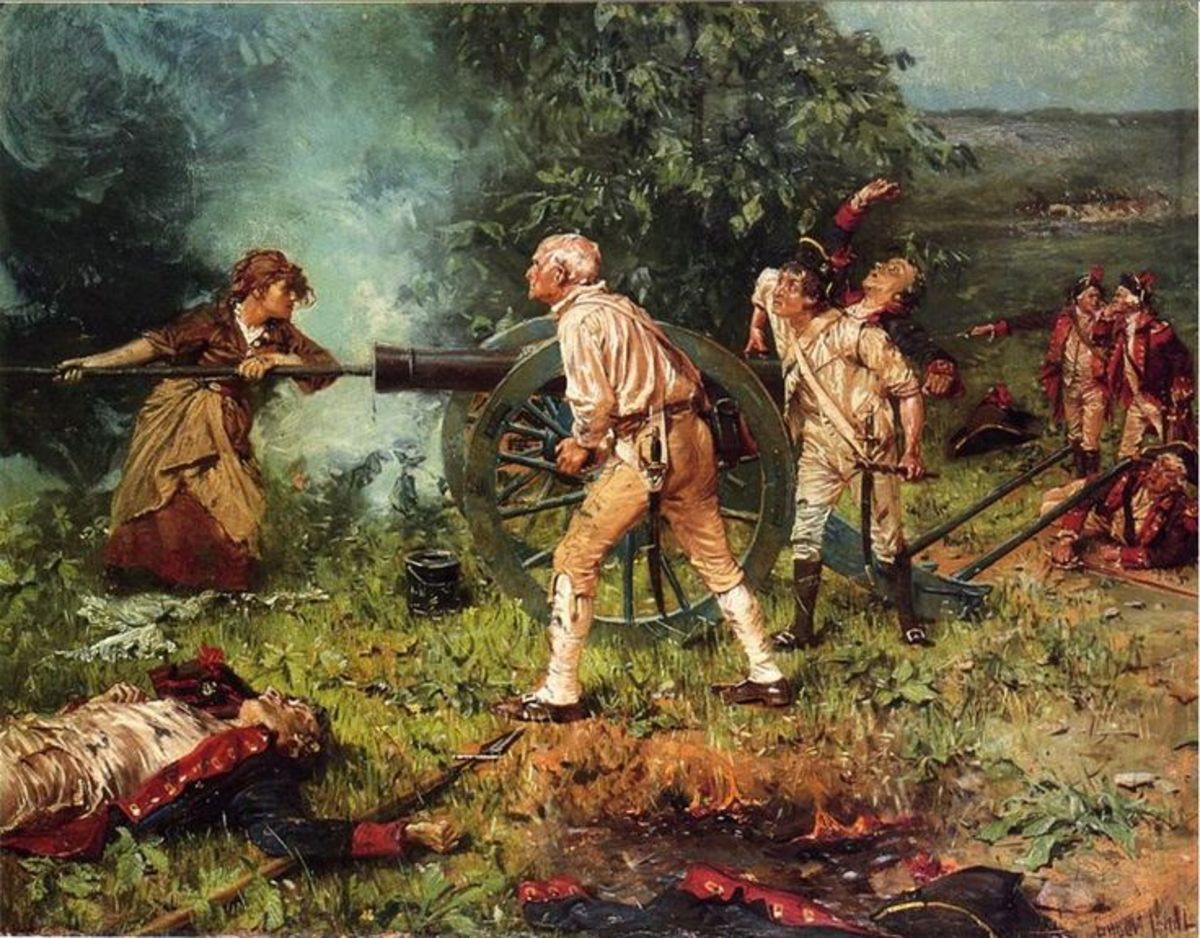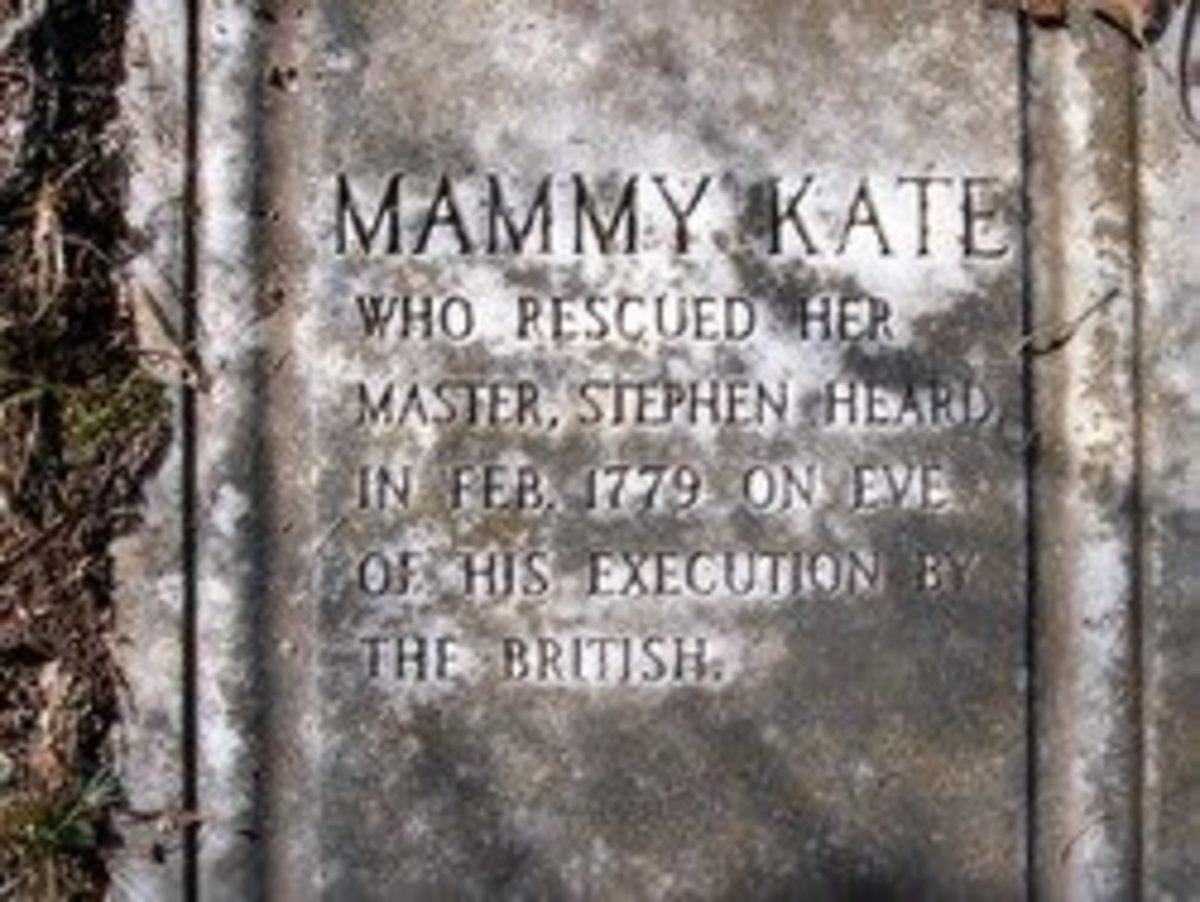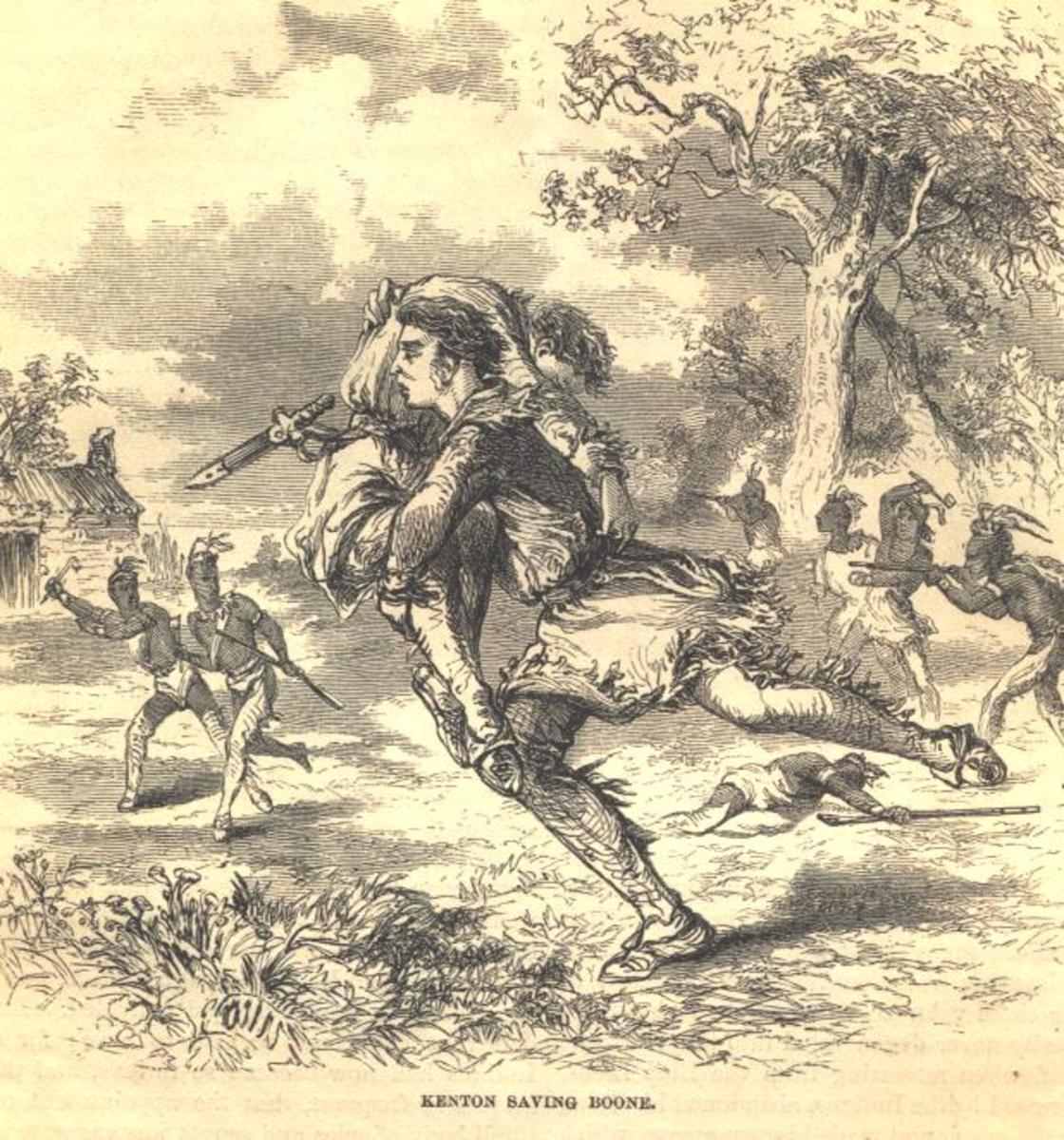- HubPages»
- Education and Science»
- History & Archaeology»
- History of the Americas»
- American History
The French and American Revolutions: A Short Research Paper
Sister Revolutions by Susan Dunn
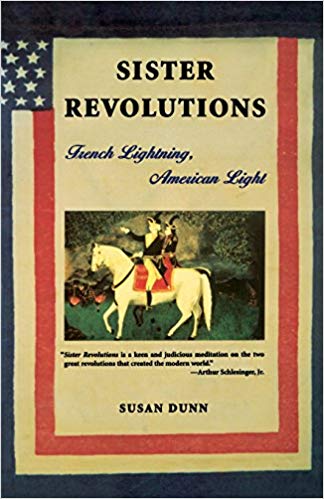
The French and American Revolutions: A Short Research Paper
There are similarities and differences between the French Revolution and the American Revolution. Primarily in the context, the American Revolution was caused by the discontent of the American population on how the British rules. The focus of the American Revolution is on gaining their independence. After the British won the Seven Year War, America has been tied down to the rule of the British. It was to pay off their obligation and the high taxes assigned by the British Parliament. On the other hand, the French Revolution was mainly caused by the aim of the French people to overthrow the rule of the monarchy. Those who belong to the lower class yearn for equality than their present condition where the nobles and the king overpower them. The similarity the two wars have is the obligation to pay higher taxes. Like the Americans, the French incurred a lot of debts due to their involvement in the Seven Years' War. King Louis imposed higher taxes to cover the debts but the people refused to pay which worsen the economic crisis of the country.
The American Revolution deals with the fight for who should rule the Americans in the case of France, it was about who should rule them. The fight for liberty, fraternity, and equality in the case of France is not coming from external factors but from their own. The French Revolution defied reason and experience, even religion and divine revelation in order to establish a stable and more secure government. From the reign of terror to the leadership of Napoleon until the monarchy is restored the by French people.
French Revolution
The French Revolution which began in 1789 and ended in the late 1790s paved the way for the new leadership under Napoleon Bonaparte. It was through the revolution that the political landscape of France which has long been rooted in the centuries-old monarchy and feudal system was redesigned. Primarily the revolution was brought forth by the discontent of the people on the rule of the monarchy and the destitute economic policies implemented by King Louis XVI. The revolution itself has been a critical factor in showing other nations how inherent is the power of the people.
The crisis in the leadership of the monarchy began after France got involved in the American Revolution which entailed costly and extravagant spending by King Louis XVI. This has almost put the country close to bankruptcy, the country’s reserves have been depleted, and the harvests were poor for two decades as drought and cattle diseases plagued the farmers. The prices of bread shoot up which stirred unrest among the peasants and urban poor. A lot of people have expressed their exasperation and desperation towards the high taxes imposed by the government.
A financial reform package was proposed by Charles Alexandre de Calonne that includes universal land tax and removing the exemption of the privileged class. The King tried to resolve the issue by gathering support for this proposed solution and preventing the growing unrest. He summoned the Estates-General to a general meeting and prior to the meeting the delegate shave collected all the grievances from their locality.
When the time of the convention arrived, there was a heated debate in the voting process which causes hostility among the three orders defeating the purpose of the meeting and the authority of King Louis was not enough to control the argument. The Third Estate adopted the title of National Assembly and took their oath committing not to disperse until the reform in the constitution is achieved. As weeks went by the King was left with no choice but to admit all three orders into the new assembly. The National Assembly meets continuously at Versailles and this has caused fear and violence to consume the capital.
Parisians panicked upon hearing rumors about an impending military coup. And on the 14th of July rioters stormed into Bastille attempting to gain access to gunpowder and weapons. This was considered the beginning of the French Revolution. The intensity of hysteria and revolutionary vehemence swept the country. Peasants looted and burned the houses of tax collectors to express their disgust at the years of exploitation. The insurrection of the agrarian sector further intensified the fear among the nobles. This incident has been the basis of the National Constituent Assembly to pursue the abolishment of feudalism.to express their democratic principles which have been inspired by the political ideas and philosophical thoughts of the Enlightenment and Jean-Jacques Rousseau, the Assembly adopted the Declaration of the Rights of Man and of the Citizen – “Déclaration des droits de l’homme et du citoyen”. This replaced the old system and highlights the promotion of equal opportunity, freedom of speech, popular sovereignty, and representative government. But doing the formal constitution is more challenging for the assembly it was an additional burden for the legislature to function under economic crisis while drafting the new constitution.
The first consideration in the new constitution is the expanse of the new political landscape of France. Questions like who would be in charge of selecting the delegates? Would the clergy still need to show allegiance to the Roman Catholic Church or to the French Government? And how extensive is the power of the king? Especially since his public image weakened throughout the crisis. Initially, the new constitution has been modest in expressing its power, it has established a constitutional monarchy leadership wherein the king has the royal power to veto and appoint ministers. For the radical Parisians, this is not still acceptable.
The idea of revolution changed into a radical movement as the new legislative assembly declared war against Austria and Prussia. This was caused by the belief of the legislation that some French emigres are building counterrevolutionary alliances with other nations and at the same time, the assembly is hopeful that the revolutionary ideals they have will spread across Europe through warfare. Locally, a radical group went to attack the royal residence to arrest the king. The succeeding days saw Paris amidst violence and insurrections. People who were accused to be counterrevolutionaries were massacred, the National Assembly has been replaced with National Convention and the monarchy is abolished, giving rise to the French Republic. King Louis was condemned to death because of treason and other high crimes; he was sentenced to death through guillotine while his wife Marie-Antoinette underwent the same fate nine months after.
The state of unrest did not stop after the king was executed, the war between European powers followed and there was conflict within the National Convention. The intense division within the convention ushered France to enter into a more violent and turbulent phase of the Revolution. Insurrectionists and radicals had control over the National Convention and instituted more radical measures, examples of such is the abolition of Christianity and the establishment of a new calendar.
After the reign of terror had passed the survivors of the National Convention which were mostly Girondins created the first bicameral legislature of France. The executive power in the government is placed in the hands of a five-member Directory appointed by the Parliament. Royalist and Jacobins raised their protest towards this but were silenced by the emerging new leader who is a successful general – Napoleon Bonaparte.
Riddled with the financial crisis, popular discontent, and inefficiency intensified by political corruption the four years of leadership of the Directory has been very tough. The Directors relied mostly on military support in order to retain their authority. Out of frustration with the leadership of the Directory, Napoleon Bonaparte initiated a coup d’etat to remove the Directory from office and put himself as the “first consul” of France. This also marked the end of the French Revolution and ushered in the Napoleonic era of France dominating the continental part of Europe (Dunn, 1999).
American Revolution
The American Revolutionary War is also known to the world as the United States War of Independence. Initially, it was just a civil war instigated by the tension between the British crown and the thirteen (13) North American colonies that later formed the United States of America. The conflict between the British troops and colonial military men kicked off the battle. And when France, Spain, and the Netherlands joined in it became an international war. Looking into the historical account of the events, the conflict between the colonists and the British government is due to the unfair treatment in terms of taxes.
The Stamp Act which required a stamp on all public and legal documents started the resistance of the colonists towards the tax law imposed on them by the British. Soon after that Boston colonists were shot by the British Troops, an event that came to be known as the Boston Massacre. The imposition of tax on tea ensued after which further instigated resistance among the colonists. And to express their dismay they boarded ships and loaded crates of tea and threw this into the Boston Harbor. This is what the world also came to know as the Boston Tea Party.
The colonists have been provoked more than appeased, with their discontent growing and growing bigger and the conflict with the British government getting worse, the colonists met and organized themselves to fight the British (First Continental Congress of 1774). After this, the actual fighting started during the Battle of Lexington and Concord. The Green Mountain Boys led by Ethan Allen and Benedict Arnold captured Fort Ticonderoga, and major battles happened in Bunker Hill. Thomas Jefferson adopted the Declaration of Independence while battles are still ongoing. George Washington led the colonist troops in crossing the River Delaware to launch a surprise attack on the enemies. To further strengthen its fight for independence the colonists have chosen a design for the American flag which is the stars and stripes design. The colonists continued to win the war against the British, in the Battle of Saratoga British General John Burgoyne surrendered. The colonist’ troops continued to train for their battle in Valley Forge under the leadership of George Washington. To further strengthen the colonist force, they forge an alliance with France. By virtue of the Articles of Confederation, America has been recognized as an independent state. The battle they won against the British was the Battle of Yorktown where General Cornwall was subdued. This ended the war unofficially. Finally, the war was officially ended by the Treaty of Paris (Wallace, 2018).
What the British failed to anticipate is the seriousness and possibility that the colonies they have which are far from the mother country would soon evolve into independent-minded and self-reliant countries. The unrest and dissatisfaction of the colonies caused them to aspire for self-governance and ask for a greater degree of freedom from British rule. The war was just a small war but it was aggravated by the economic losses due to the disruption of trade and the immense quantity of properties destroyed.
Conclusion
The American Revolution happened while America is still a colony of the British. It took place in the land of the Americans which is oceans away from Britain. French Revolution happened within France itself. It is a direct action opposing the French monarchy. The intention of the American Revolution is to free themselves from the power and authority of Britain while France fought to overthrow the existing government. The two wars may have differences and similarities, but the strongest link is that one of the supporters of the United States in its revolutionary war in France. France is competing with the United Kingdom in their quest for colonies, and when France gave its support to America it cost a lot. It brought a financial and economic crisis to France which was also one of the reasons why the French Revolution started. As King Louis extended his support to America in its bid for independence and freedom it also caused his downfall. France extended military and financial support to America, and likewise, when the French staged their revolution, they also used the American Revolution as an inspiration.
American Revolution started with the Declaration of Independence while the French initiated theirs with an action and the declaration followed. The American Revolution resulted in a new and independent United States while the French revolution brought forth a new system of government. France was able to acquire the ideals of freedom and democracy.
References
"9 Events that Led to the American Revolution." American Revolutionary War Facts. 16 February 2018 <https:www.american-revolutionary-war-facts.com>
Dunn, Susan. (1999). Sister Revolutions: French Lightning, American Light. New York: Faber and Faber. xii, 1 – 258. Print.
Exell, D. (n.d.). America Becomes a World Power 1890-1918. Retrieved March 29, 2018, from Timetoast: https://www.timetoast.com/timelines/america-becomes-a-world-power-1890-1918
"History." 9 November 2009. History.com. 22 November 2018 <https;//www.history.com/topics/france/french-revolution>.
The United States as a World Power. (n.d.). Retrieved March 29, 2018, from Preceden: http://www.preceden.com/timelines/63352-the-united-states-as-a-world-power
The United States as a World Power. (n.d.). Retrieved March 29, 2018, from CliffsNotes: https://www.cliffsnotes.com/study-guides/history/us-history-ii/politics-farming-empire-18761900/the-united-states-as-a-world-power
Wallace, Willard M. (2018). "American Revolution, United States History." Britannica. <https:www.britannica.com/event/American-Revolution>.
Want More?!
For more literary analyses, reviews, reflections, and papers visit the links below and read any of the blogs which will best fit your reading and writing needs. Enjoy!
https://hubpages.com/@rhyleesuyom
Here are a few which may interest you:
https://hubpages.com/art/Graphic-Design-Branding-Initiatives-and-Marketing-A-Research-Paper
https://owlcation.com/humanities/Stereotyping-African-Americans-through-Caricatures


